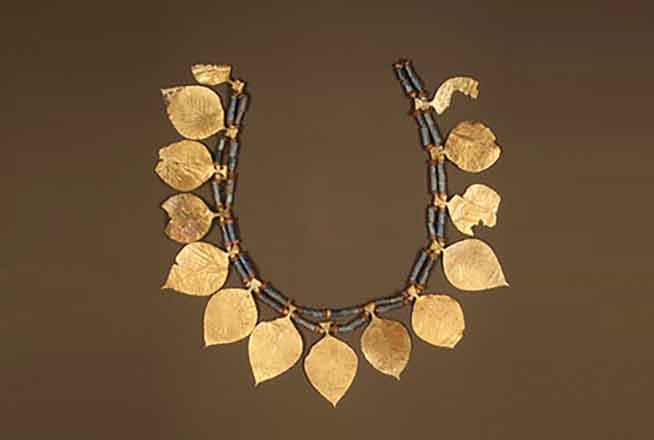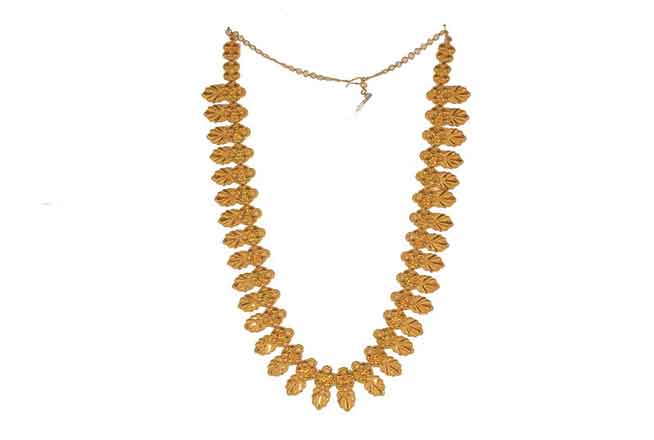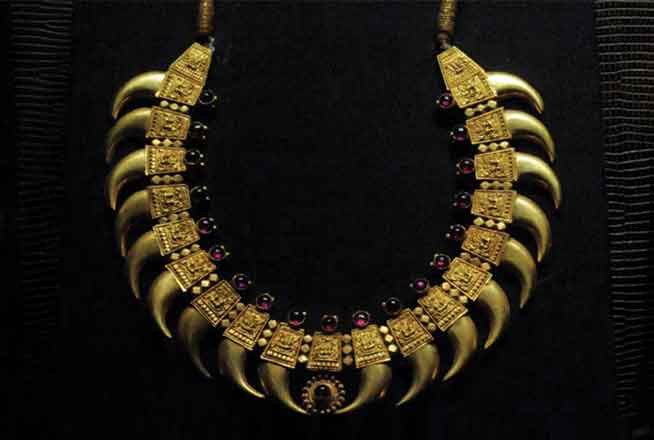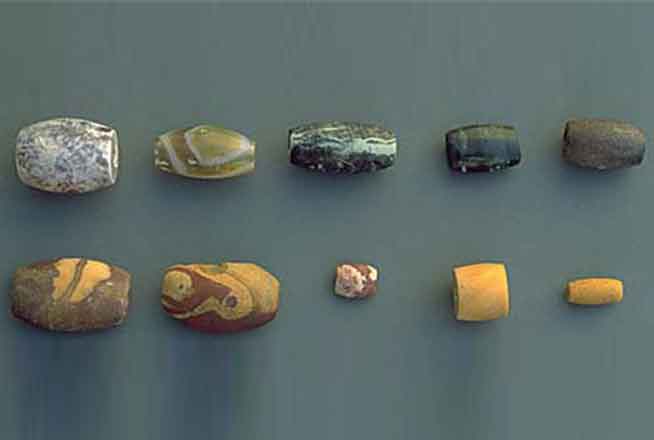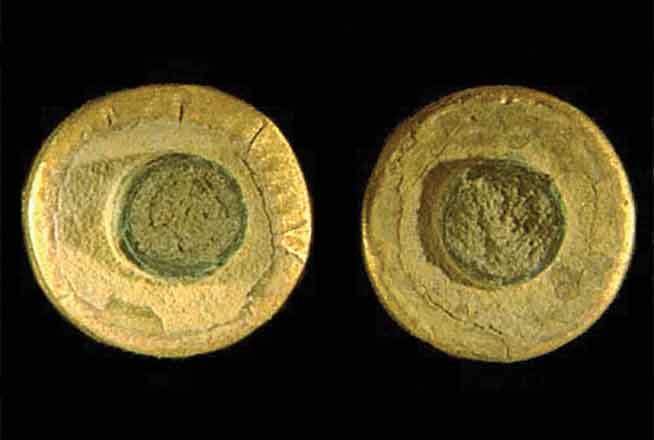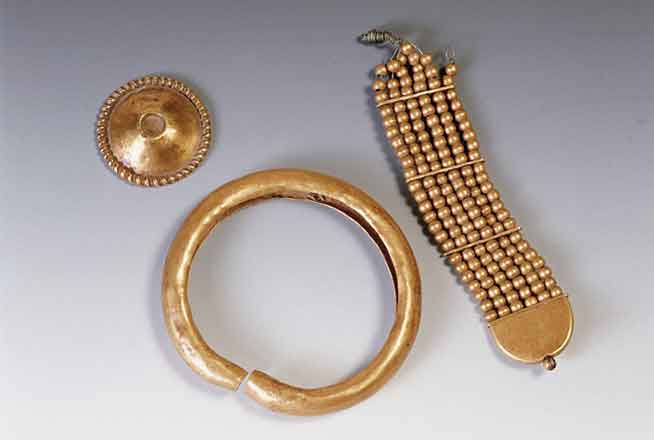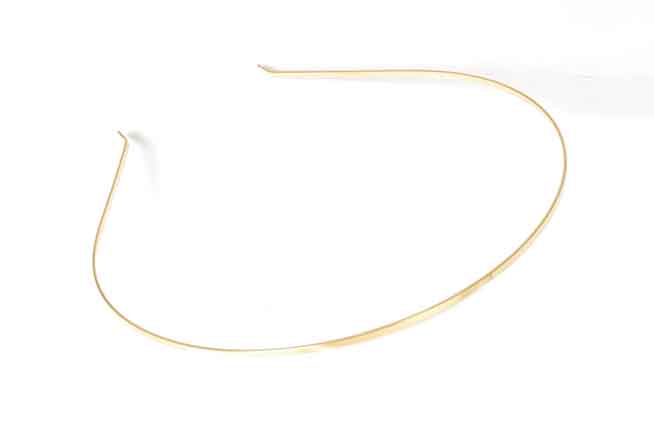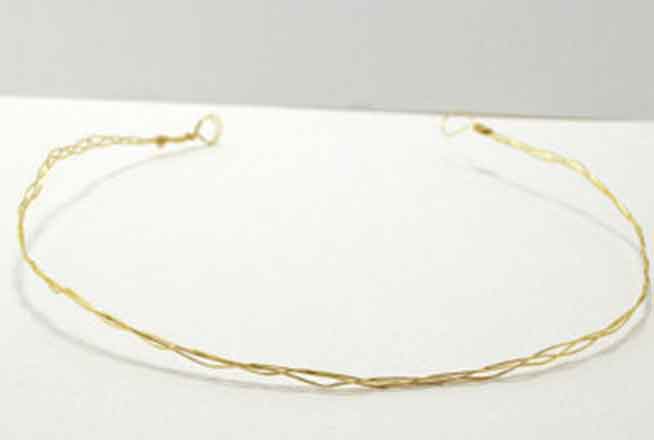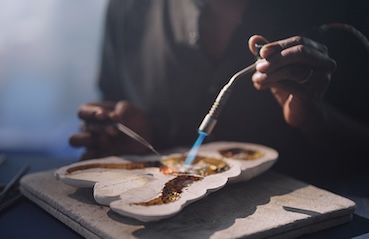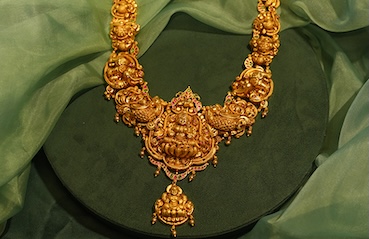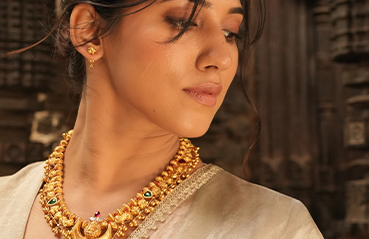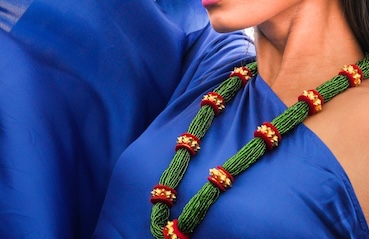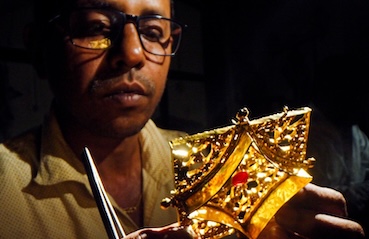Published: 18 May 2018
Gold jewellery designs from Mohenjo-daro civilisation
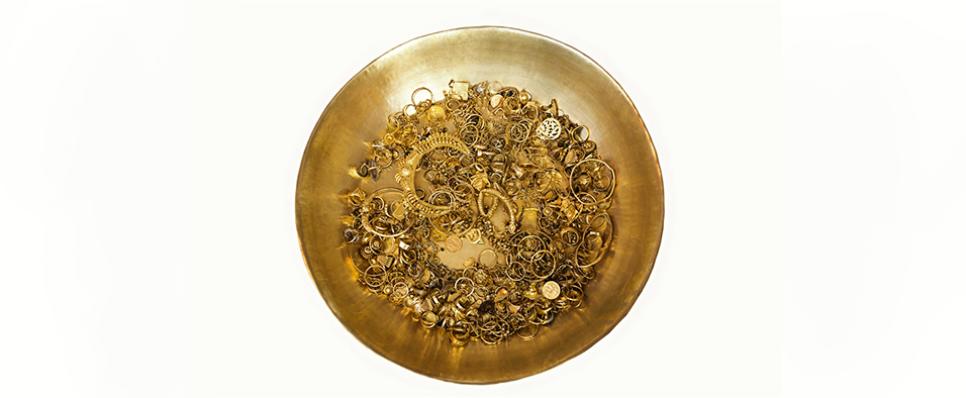
One of the largest settlements of the ancient Indus valley civilisation, Mohenjo-daro was a Harappan city that flourished between 2600 and 1900 BC. Not many archaeologists excavated here, but based on what was found, gold jewellery was concluded as a prominent legacy left behind by the Harappan people.
Have a look at some of the gold jewellery designs from Mohenjo-daro that have withstood the test of time.
- Necklaces:
Gold necklaces embellished with other stones were a commonly worn ornament at the time. These designs date back at least 5,000 years. Gold wire passing through different shapes of gold beads was the most popular design of gold necklaces. Interesting to note is the fact that these designs of gold necklaces are still gracing shelves of modern jewellery stores in India.
- Beads:
Gold beads found during this period were made of copper or copper alloy tubes covered with gold foils. With advancements in technology, covering in gold foils has been replaced by gold electroplating.
- Headbands:
A headband is usually made of cloth or plastic and is used as a hair accessory. But quintessential Mohenjo-Daro designs were found to be made of hammered gold fillets and are believed to have been used as ornaments. While the designs have evolved into newer and contemporary styles, this jewellery type adorns today's women as well, and is known by the name of 'Matha Patti'.
One curious piece of jewellery that was widely worn at that time was a gold disc. These gold with steatite inlay beads were incorporated into gorgeous ornaments, such as the “eye bead”, which was generally placed in the middle of a headband. This idea is supported by the sculpture found of a priest-king at the Mohenjo-Daro ruins, which can be seen below.
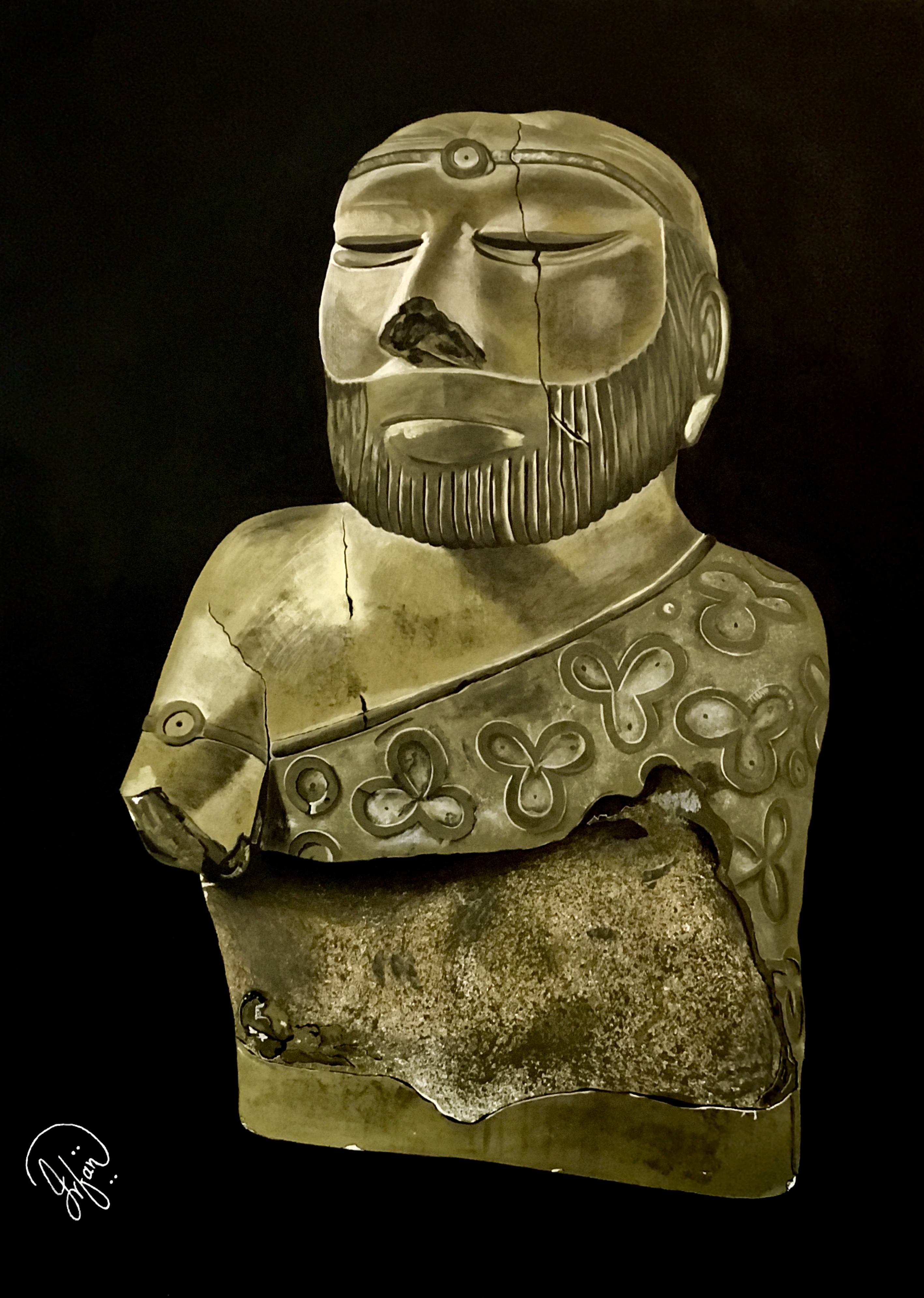
Gold has been used in various types of ornaments since 30000 BC in Mohenjo-Daro civilisation.
